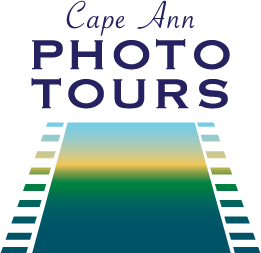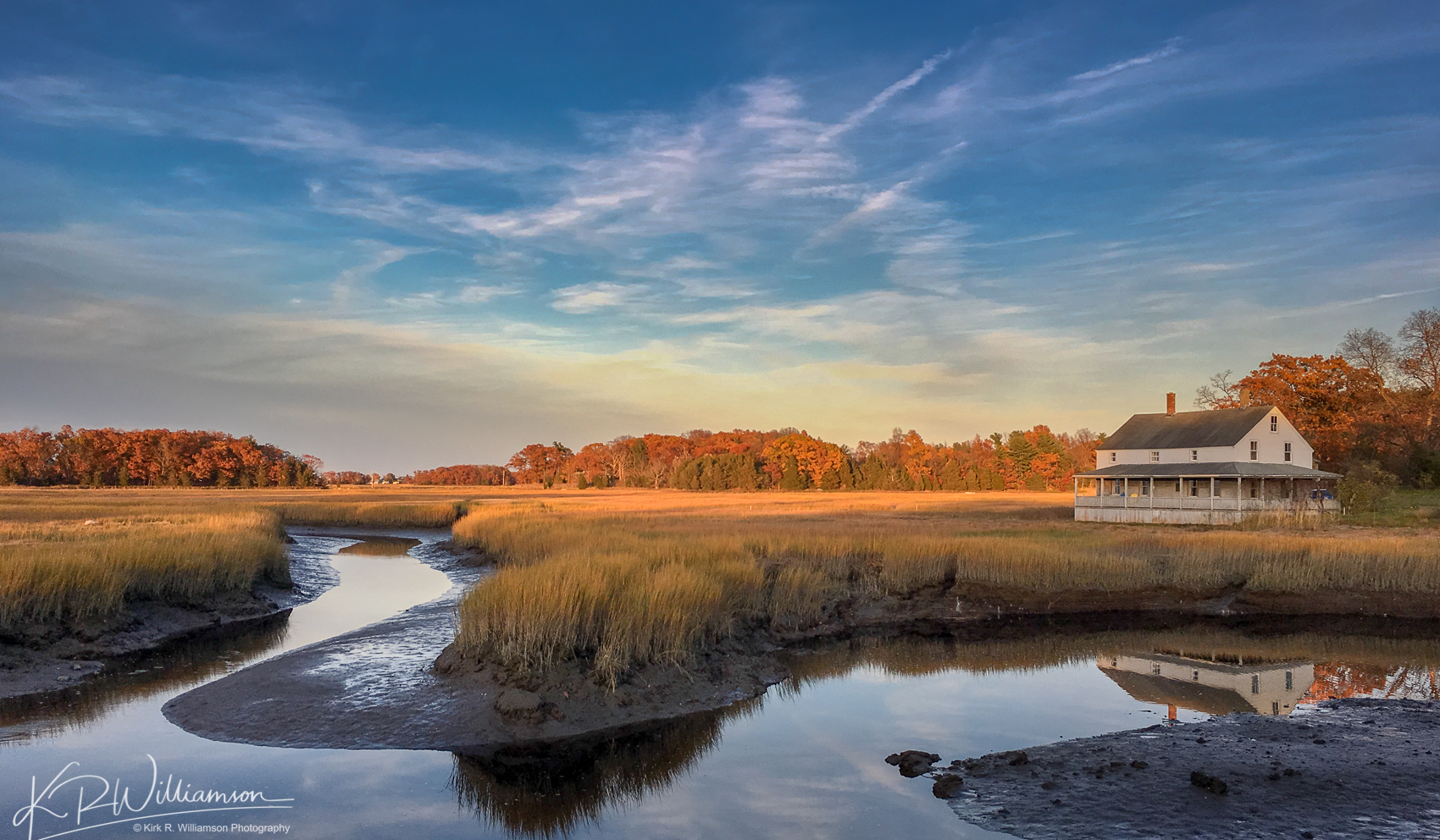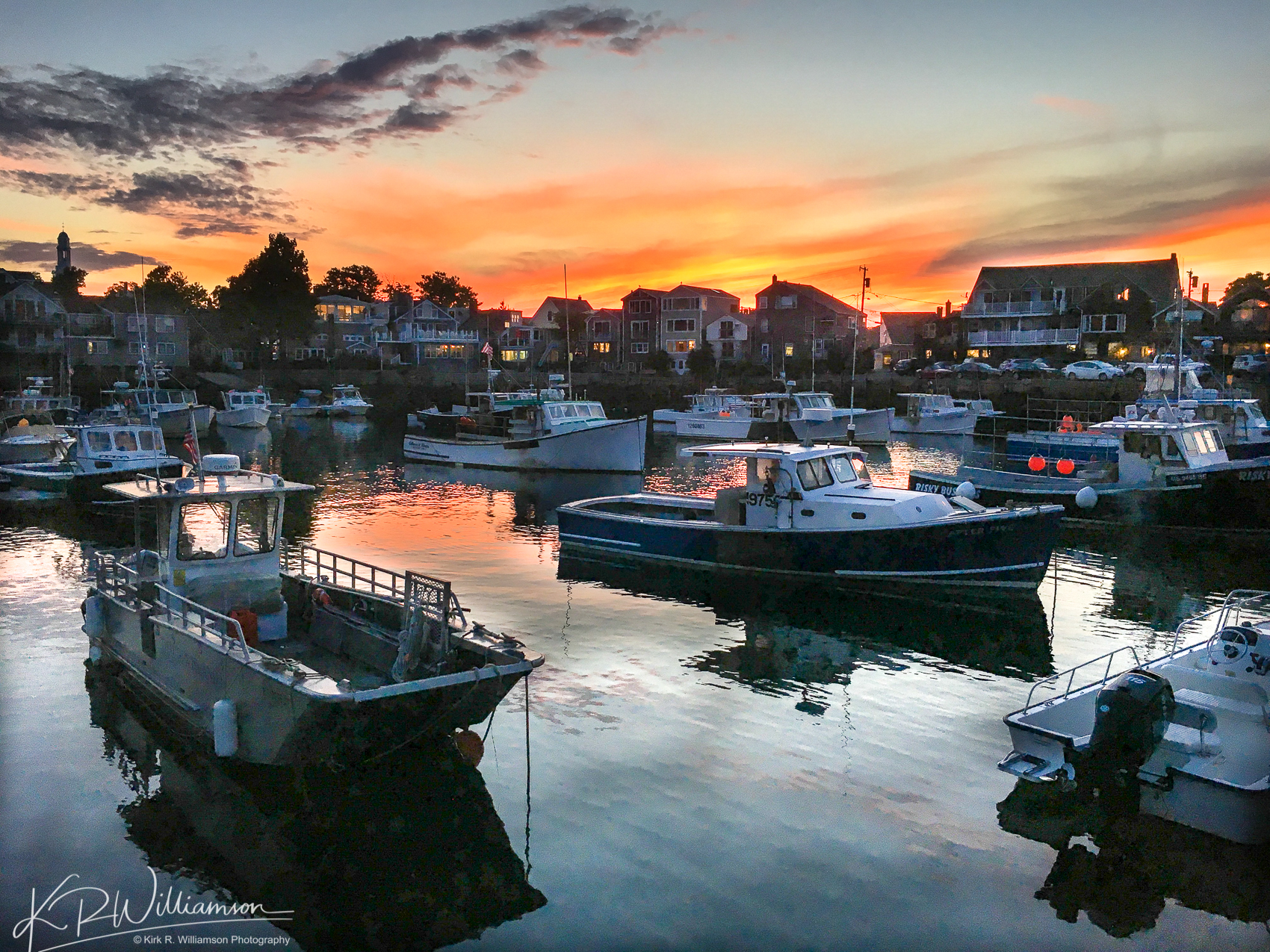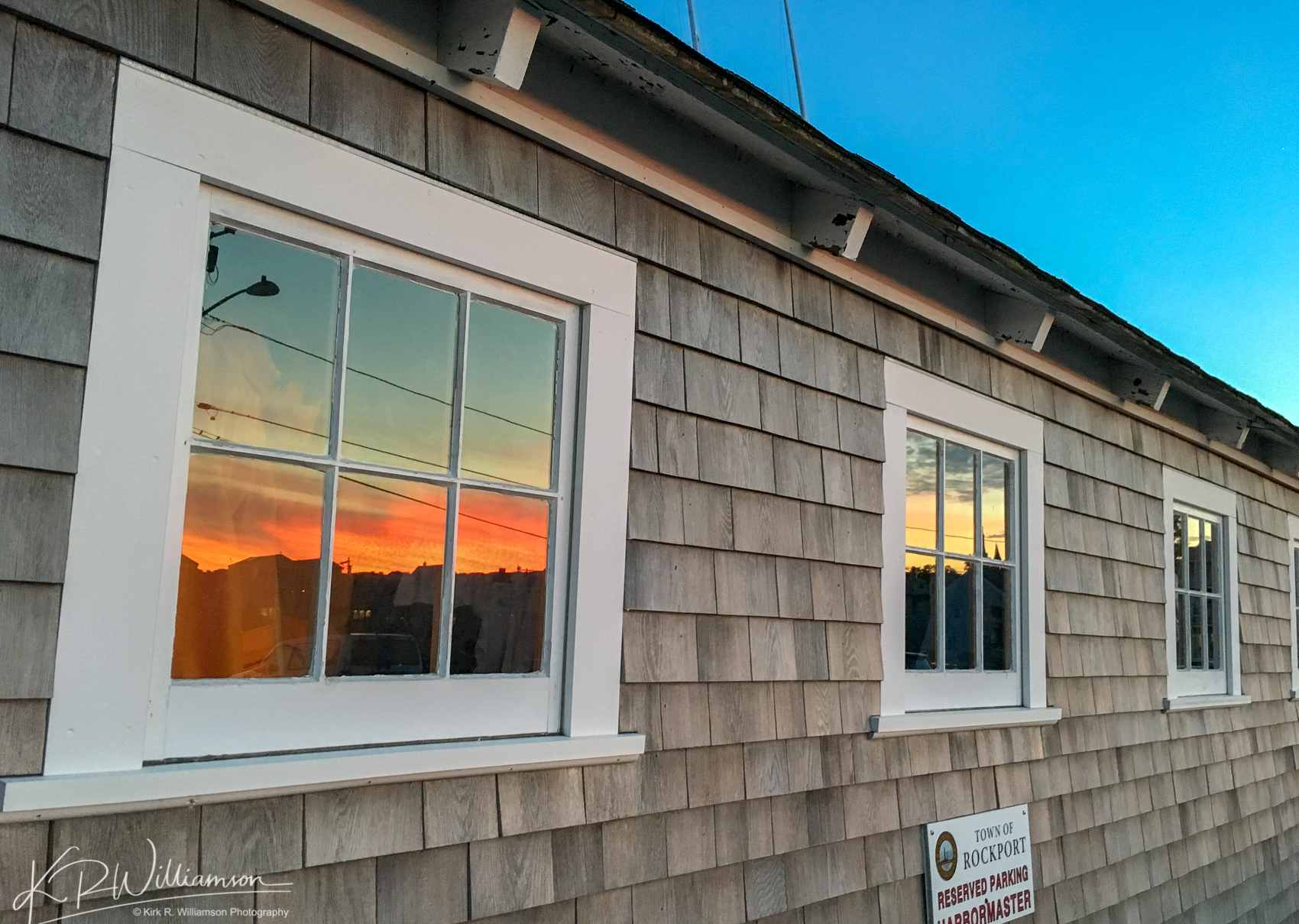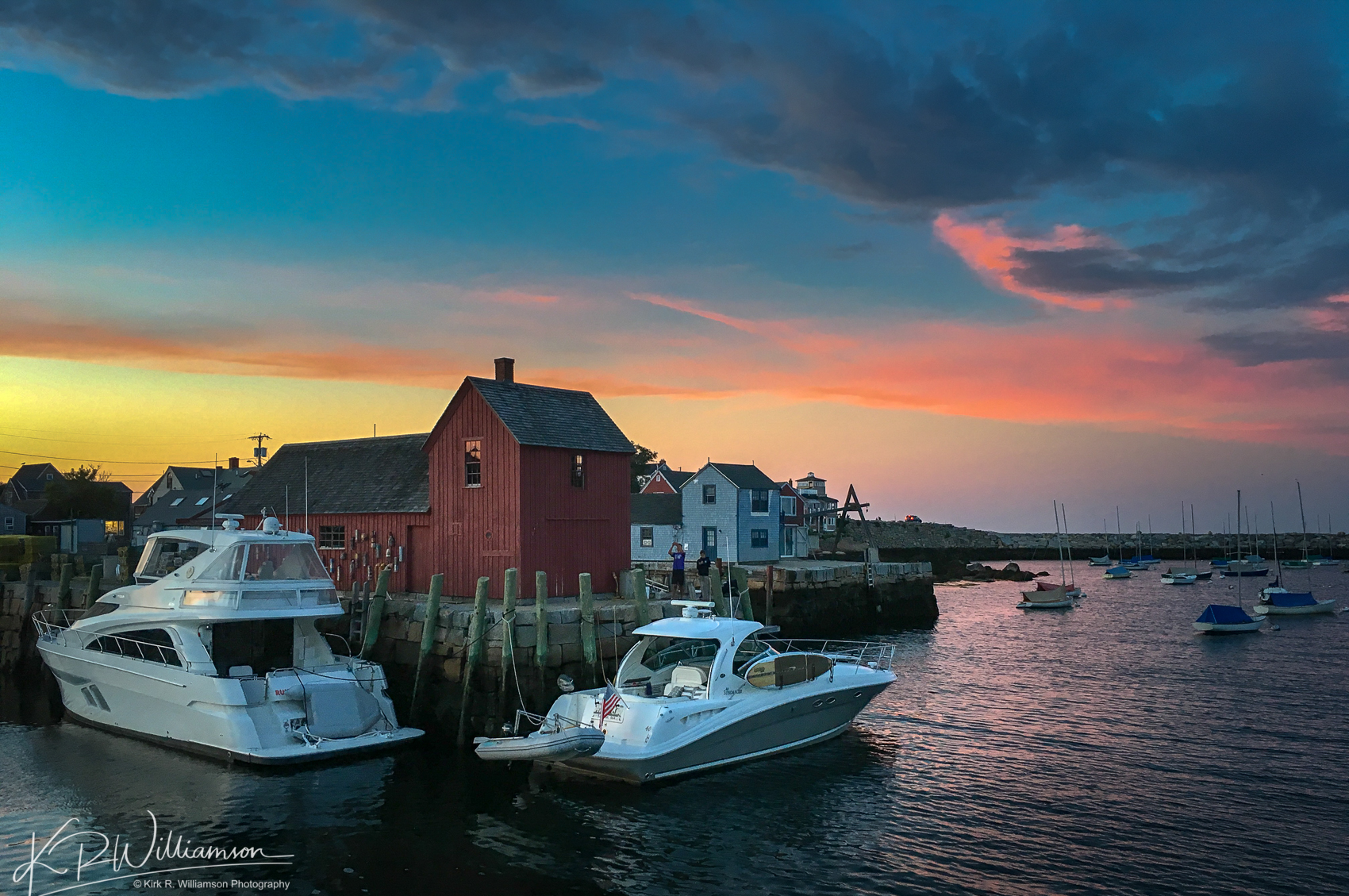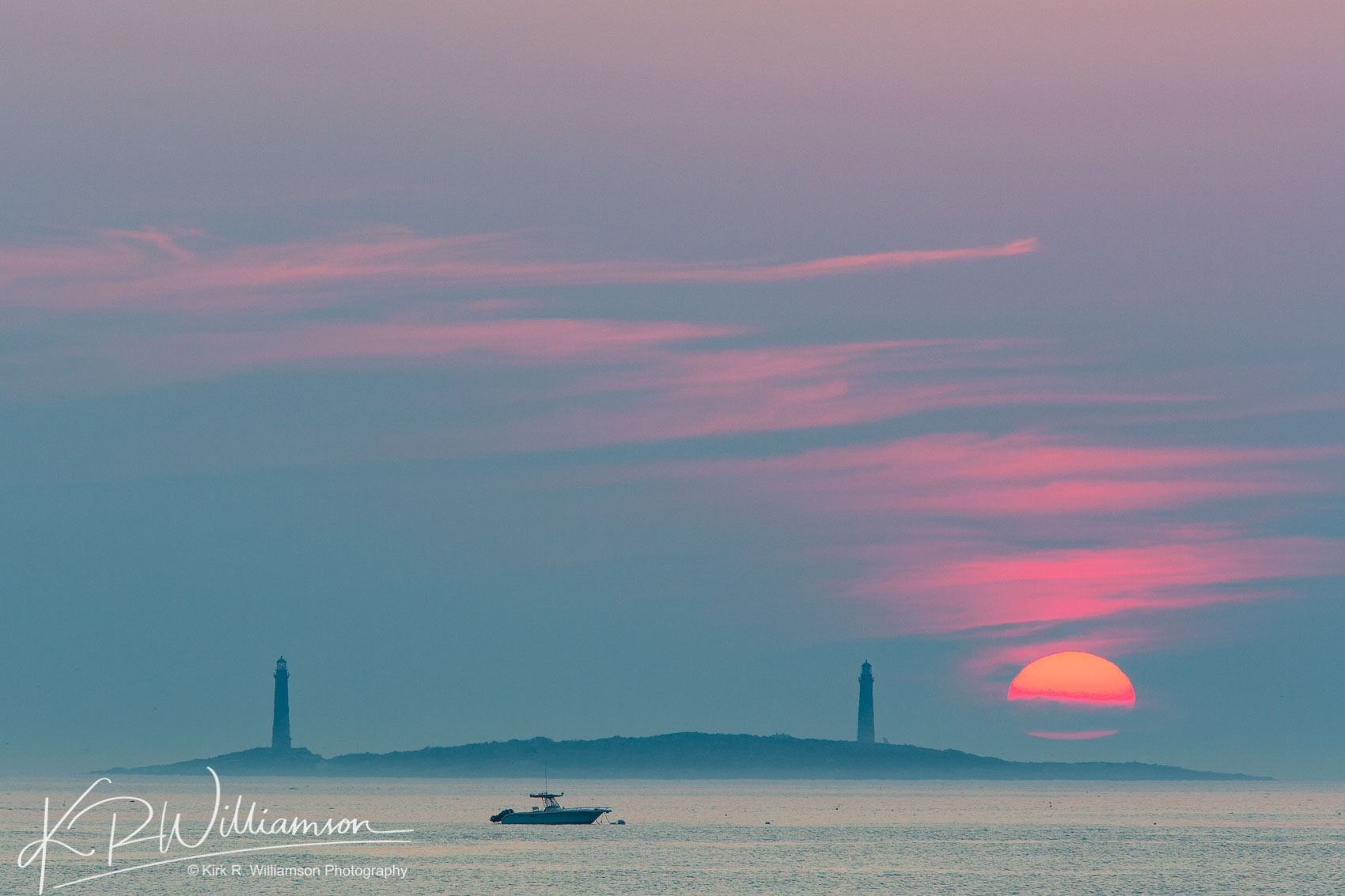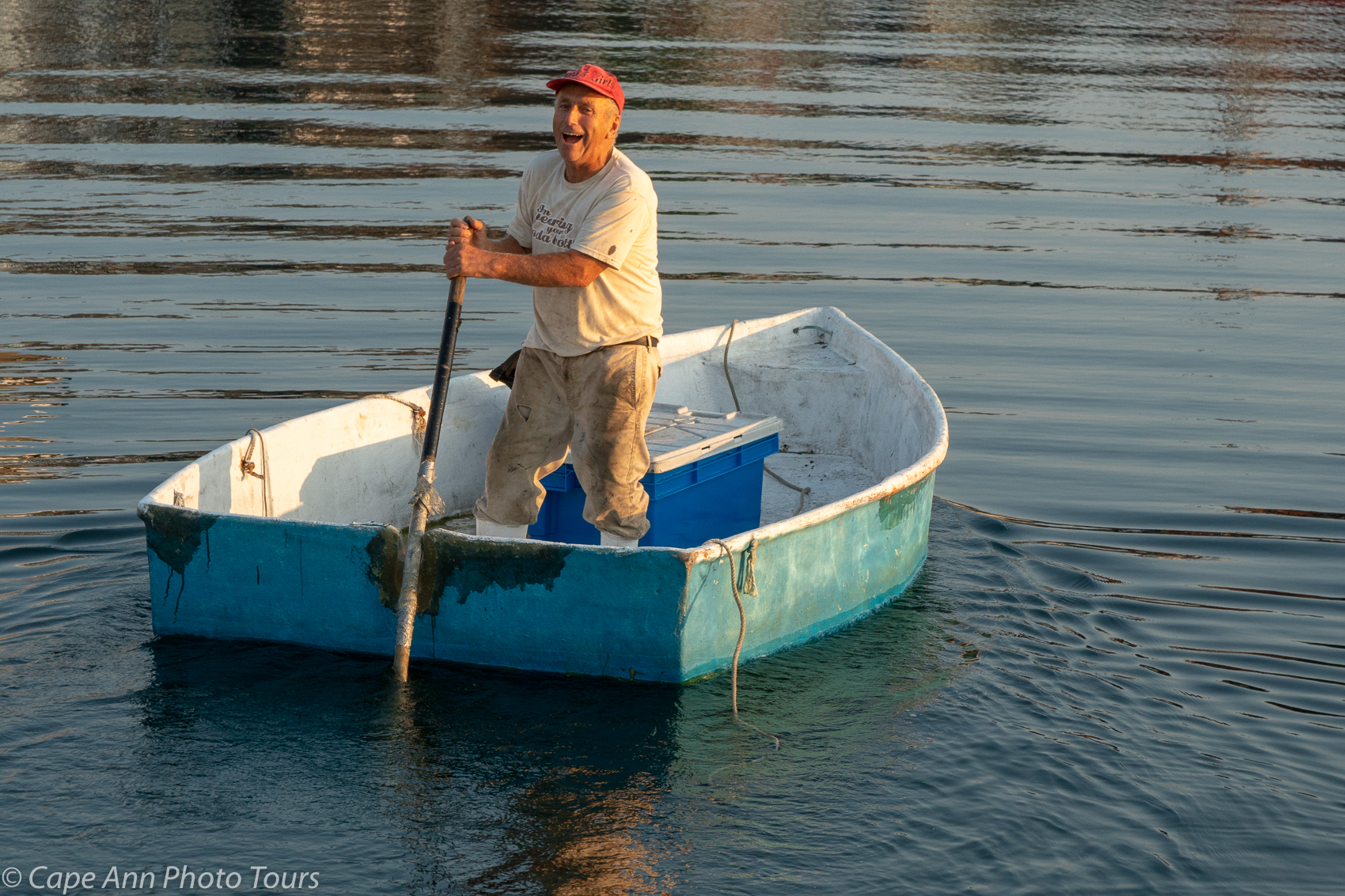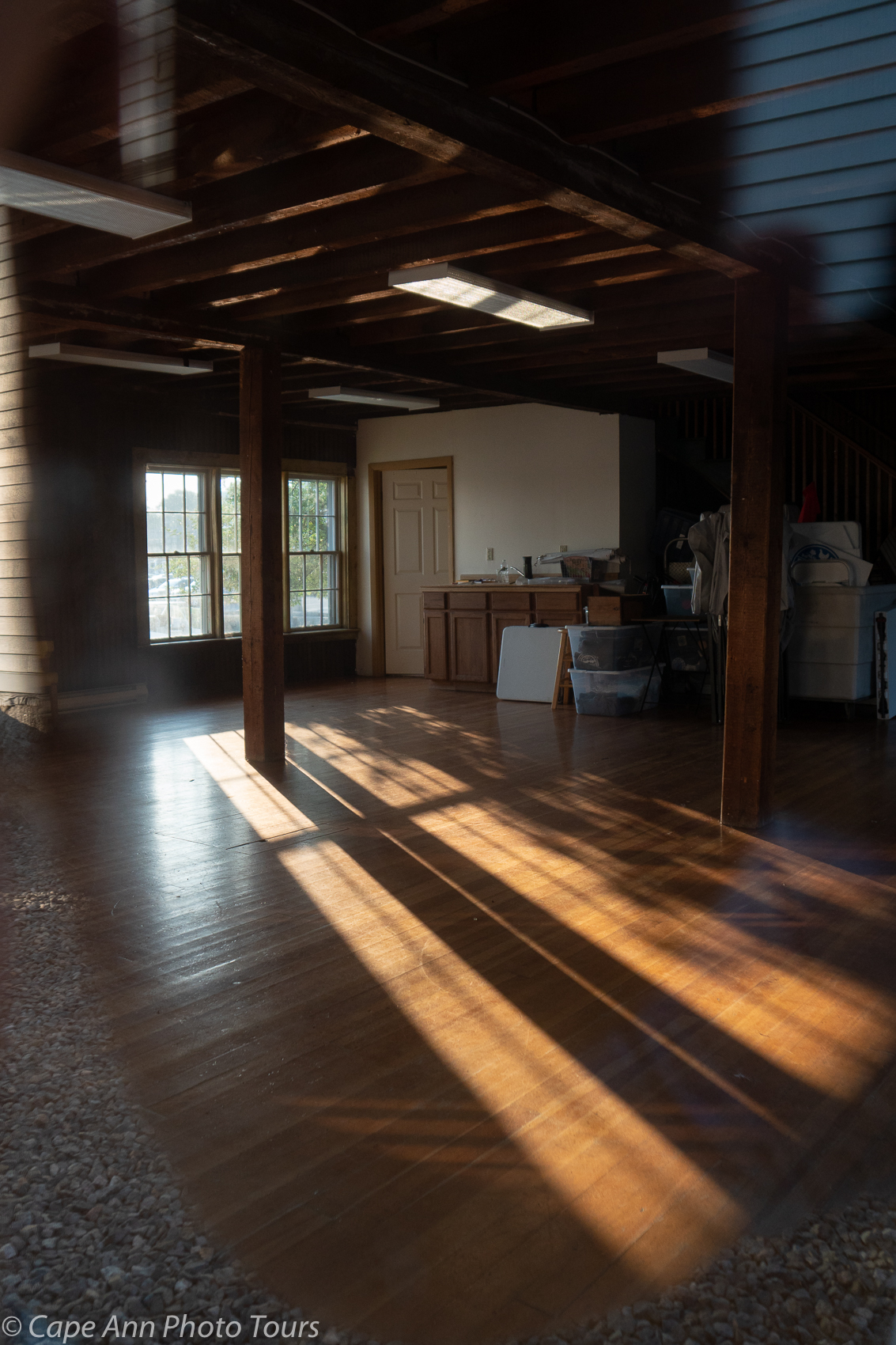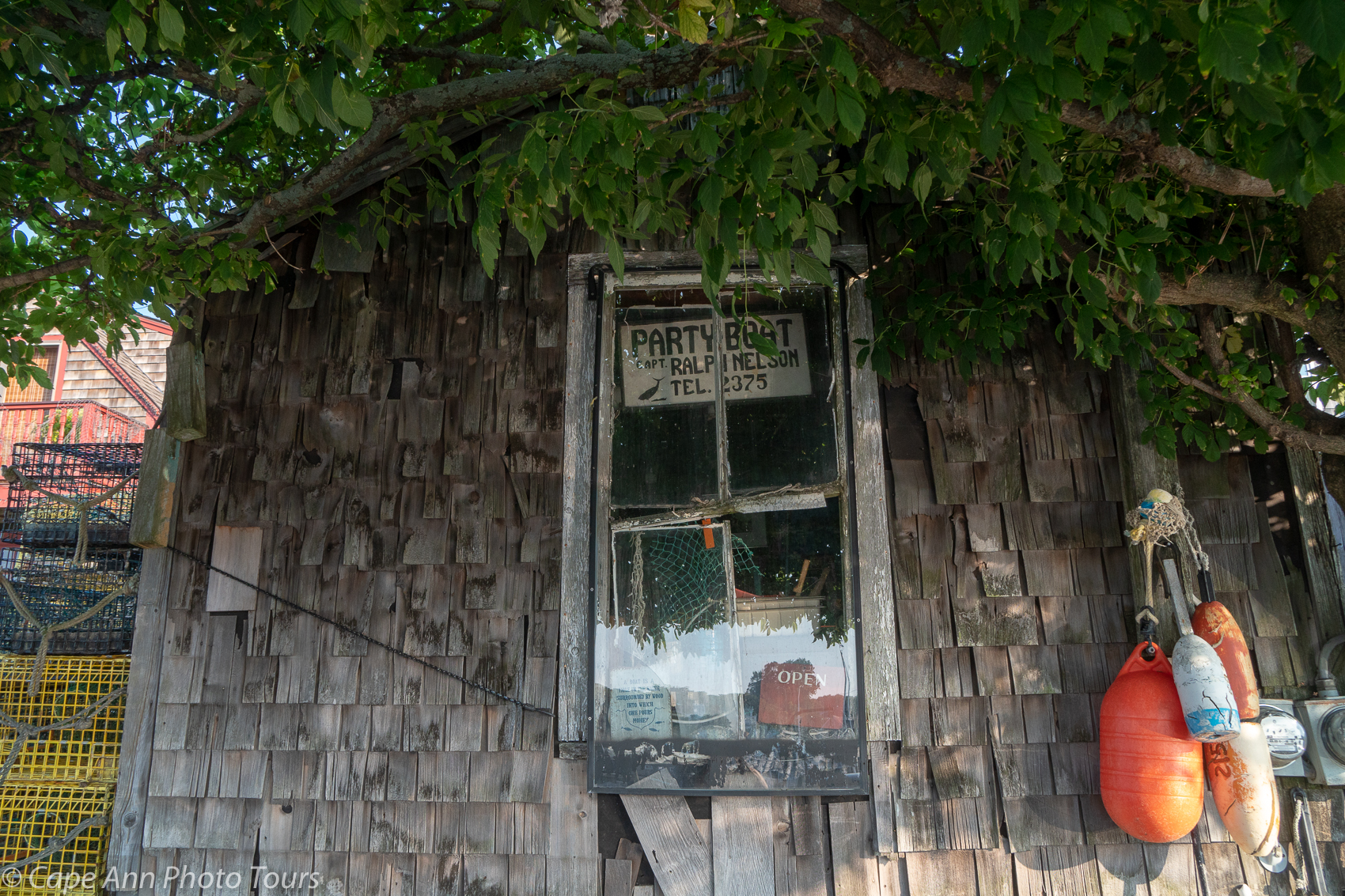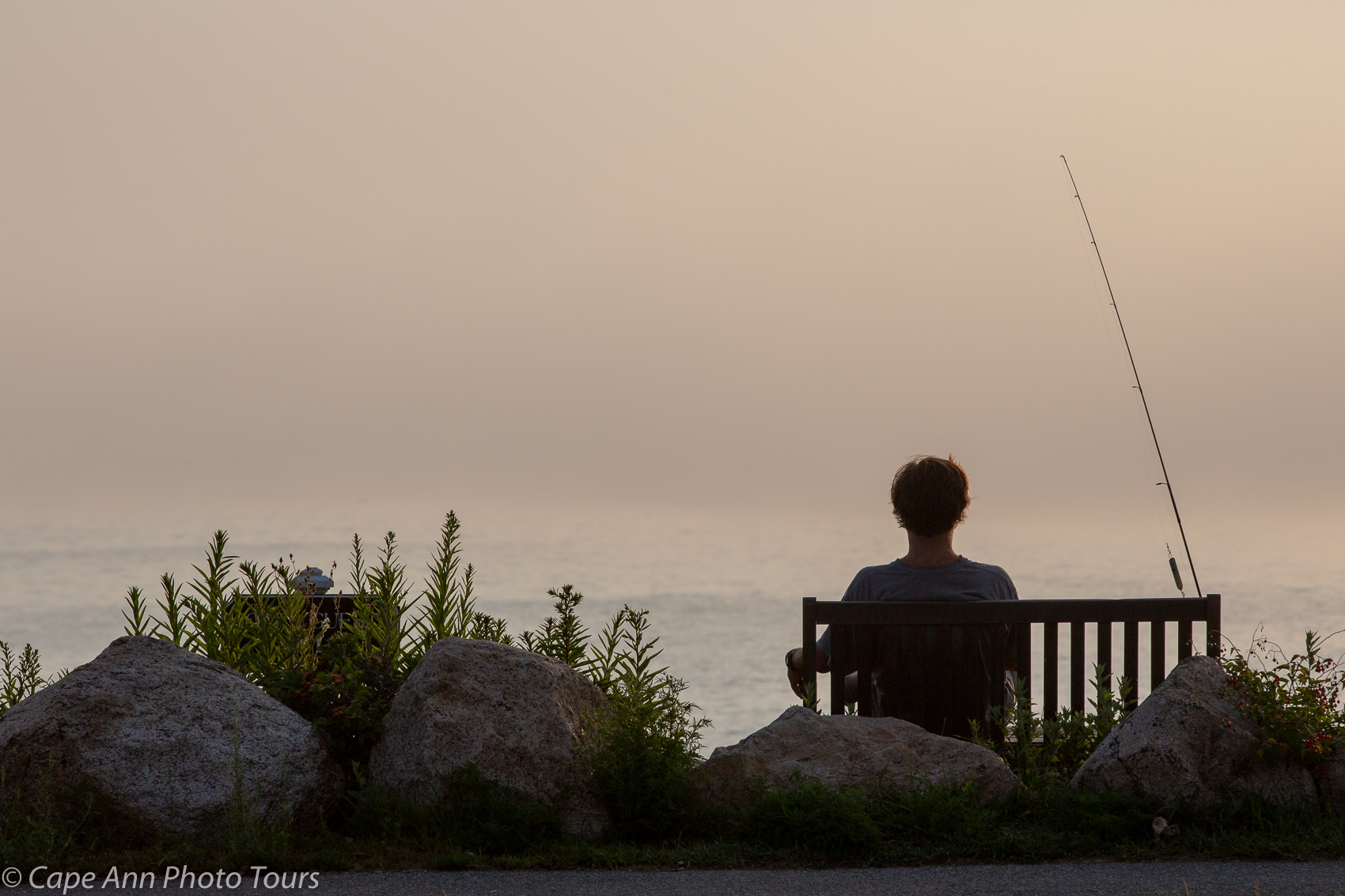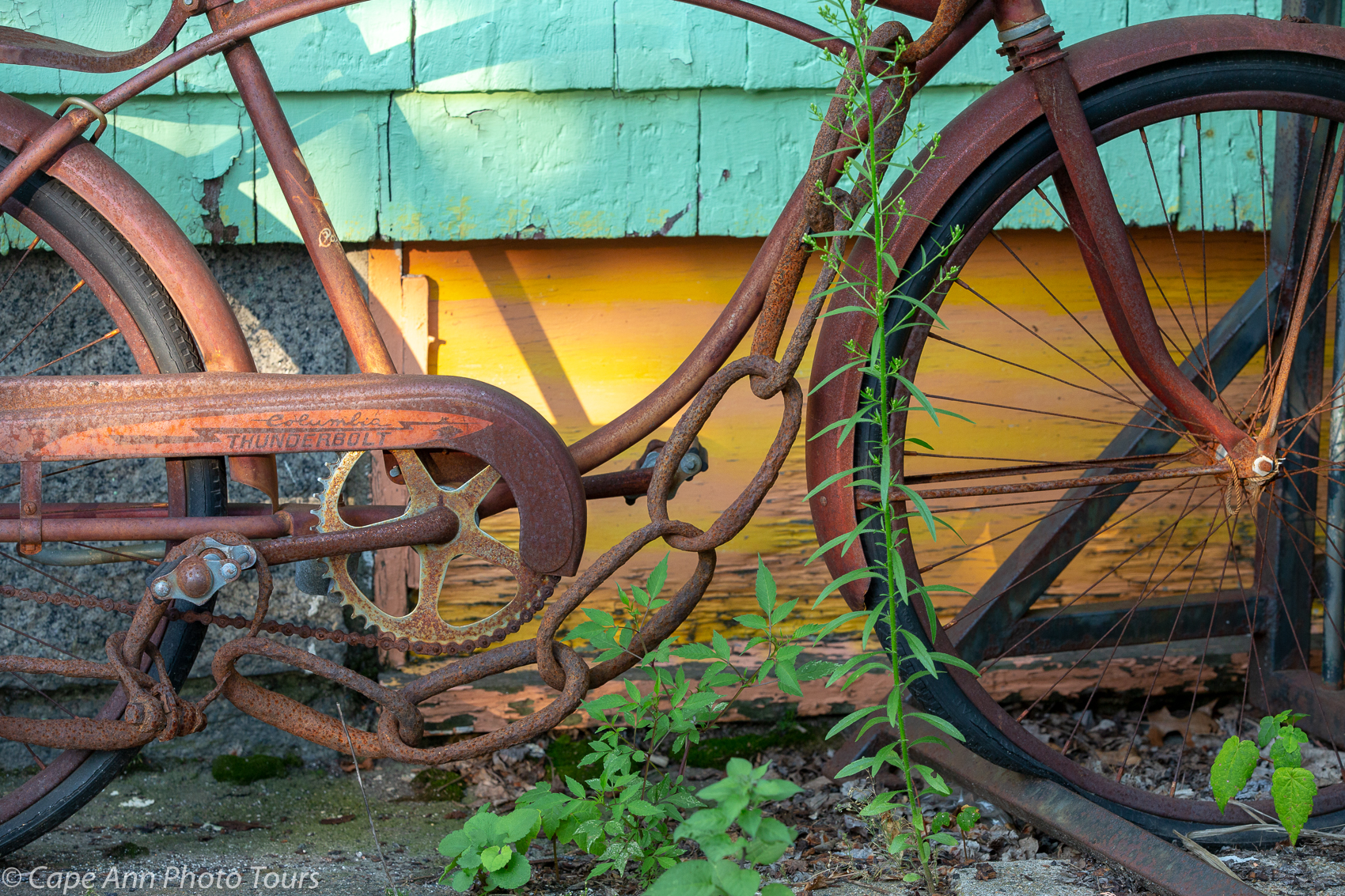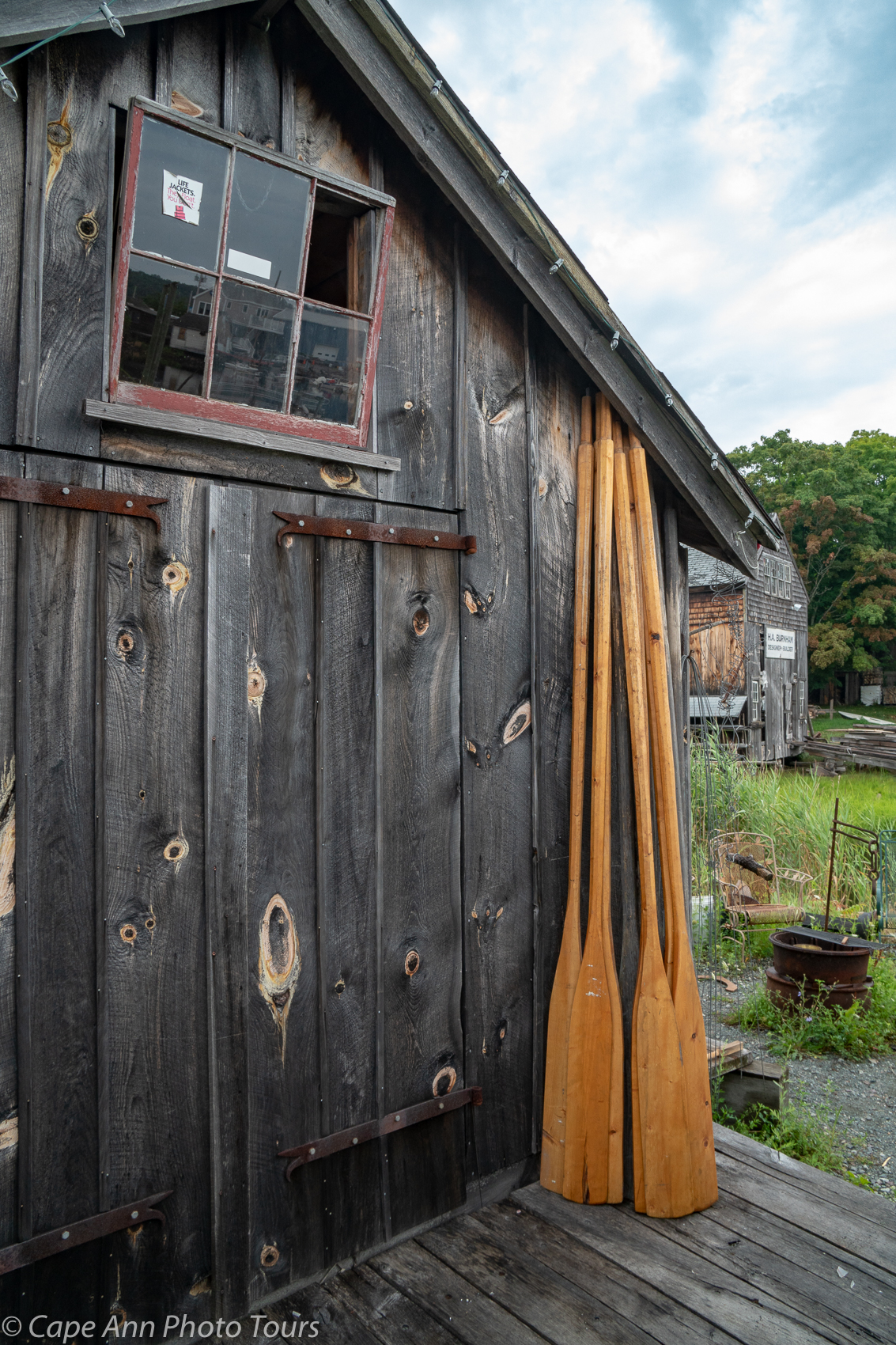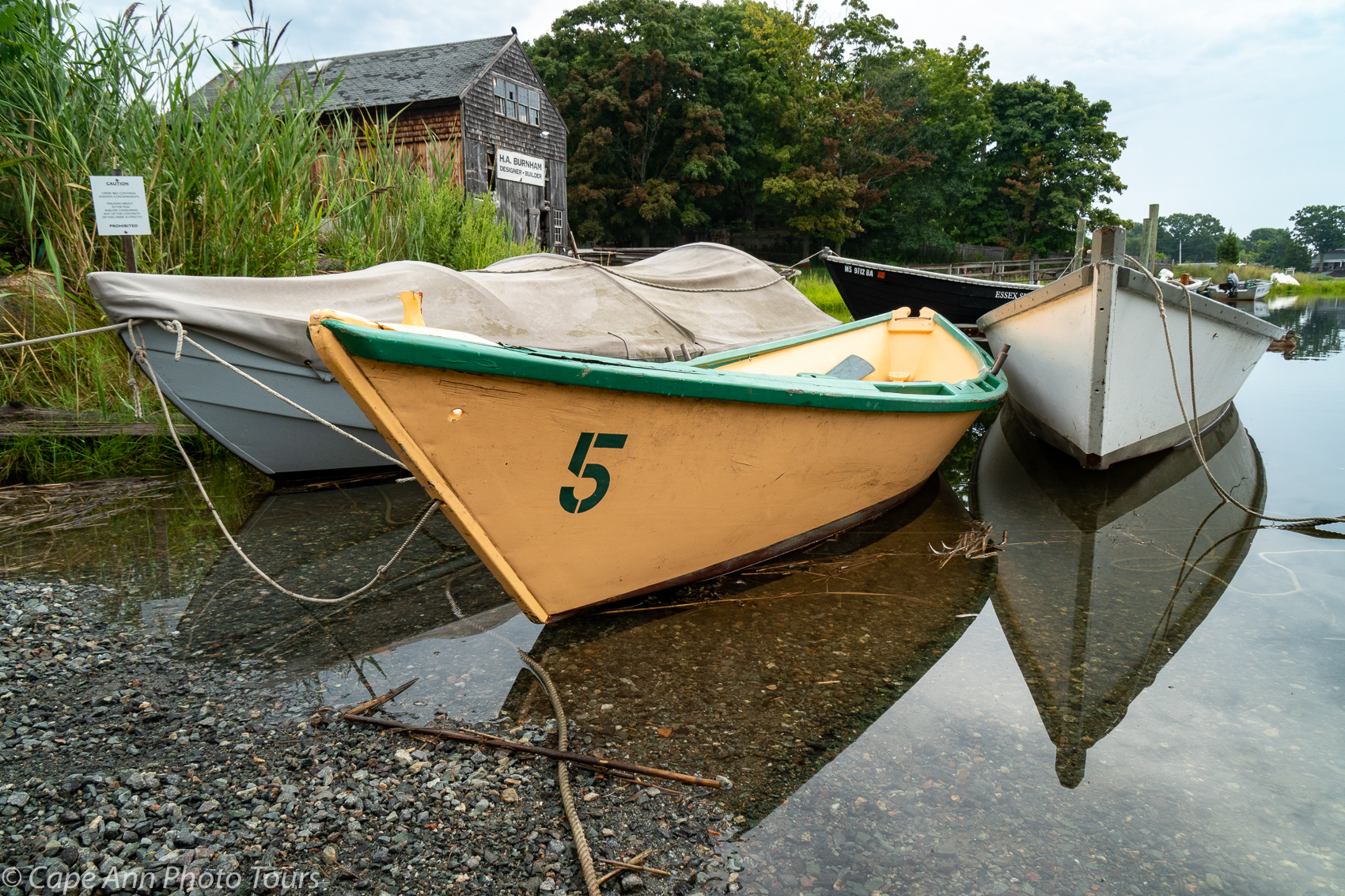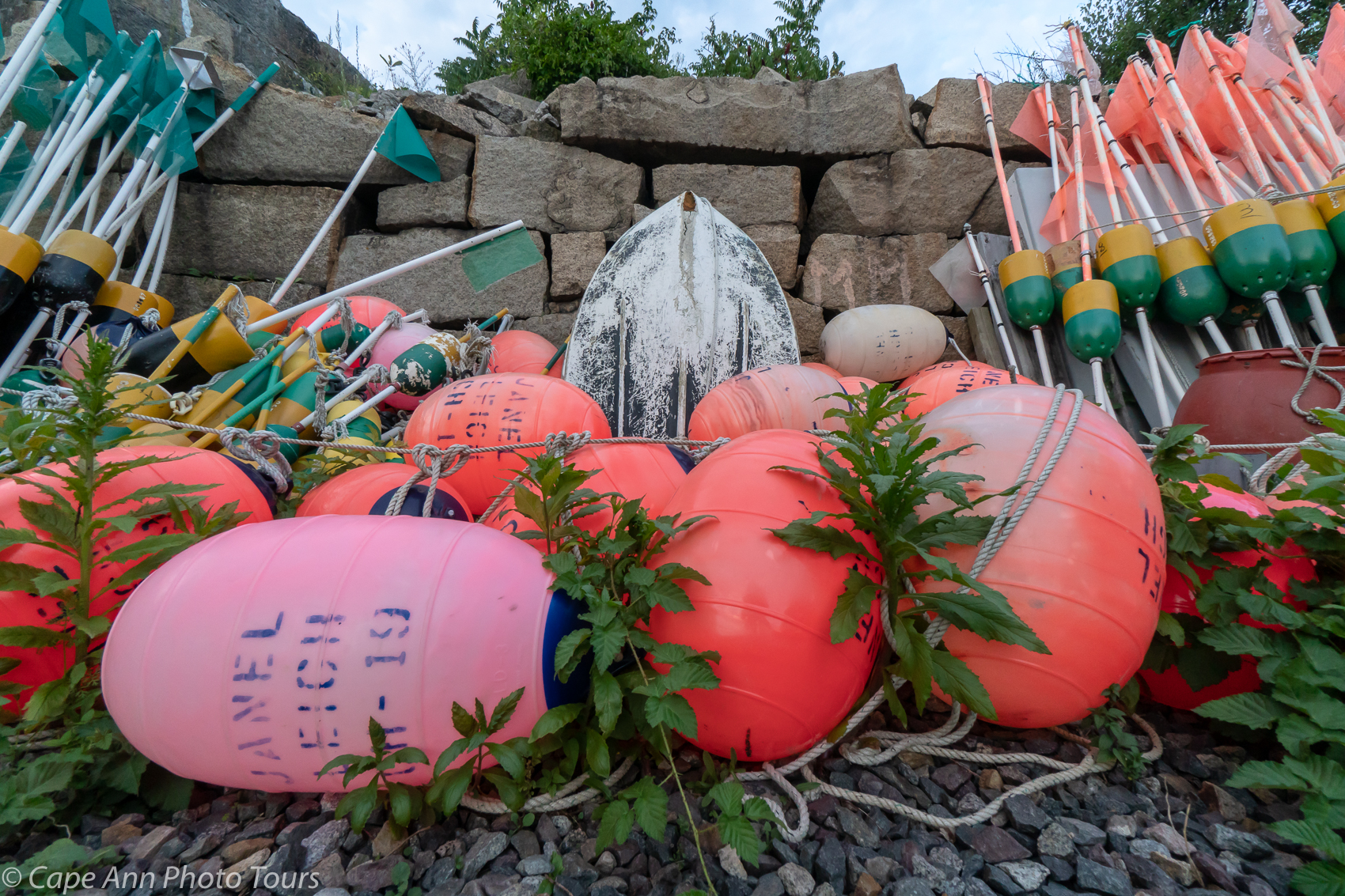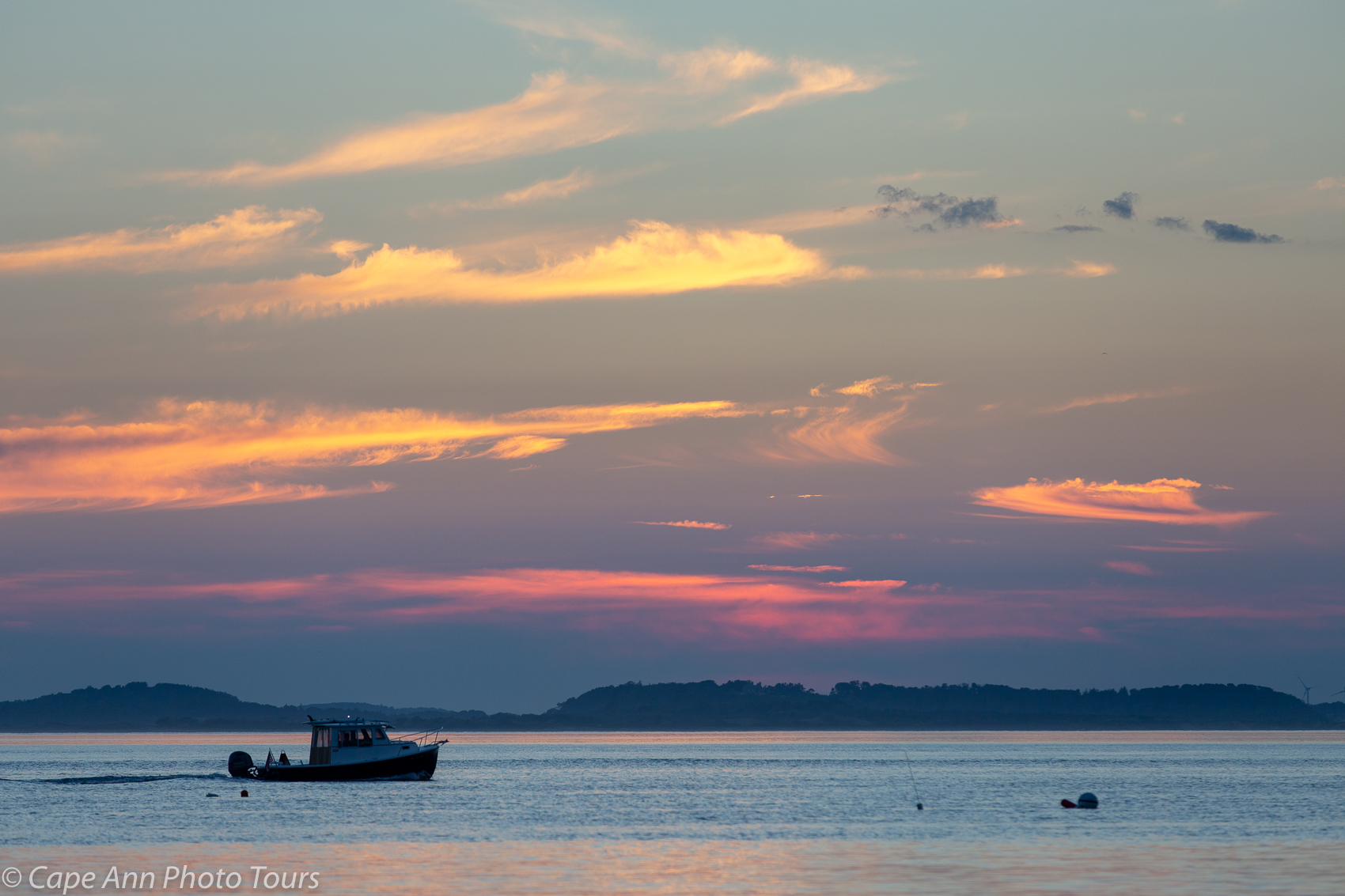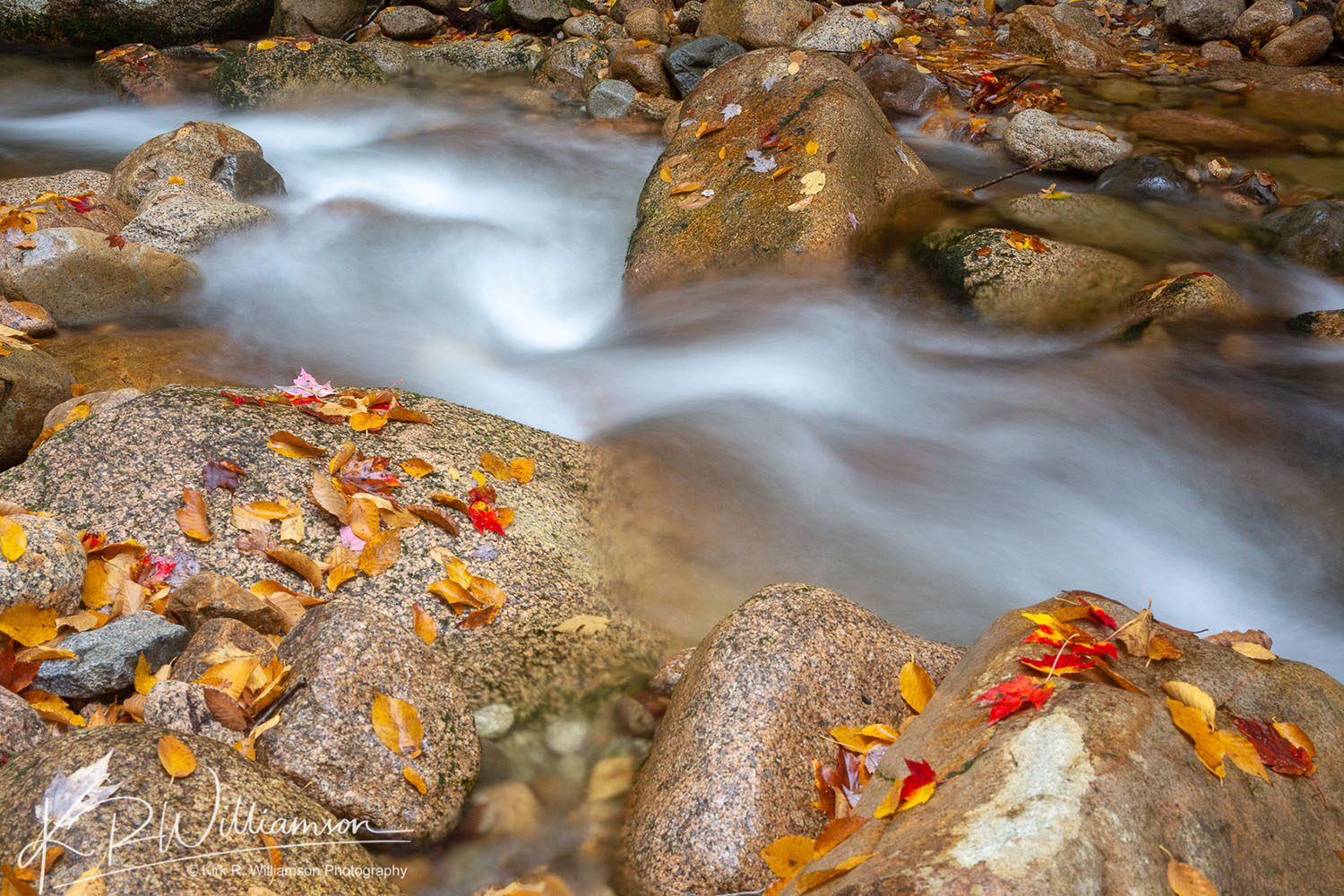
Be hyper sensitive to light
This is one of the first things I teach my students. Learn to feel the light. How is it playing on subjects? According to Alfred Eisenstaedt “You sense the light with your eyes and respond with your emotions”. If you are always aware of light and how it reacts to the scene around you your decisions in photographing it are much better. So take the time and look at how light reacts to things around you. Just sitting reading a book, or in your car driving. Once you start really looking at the light you will begin to feel it.
Pre-visualize your subject
This next step is essential in getting consistent results with your photography. If you know what the final result will be you have a better chance of achieving it. I often give my students a 35mm slide mount painted flat black on one side white on the other. This method has been used for many years, mostly with a 4×5 frame card. I have used a larger 3:2 ratio cut out but it is far easier to carry around a small 35mm slide mount. So instead of using your camera use the slide mount to pre-visualize what you are going to shoot.
The critical part is knowing by instinct what you are going after and how you are going to get there. Very seldom do I make decisions while editing. I know before hand as I am shooting what I want. Part of my process is to decide before I shoot how I will crop, and post process the image. At this point it is instinctual. I know my camera and lenses so well that decisions on how the eventual image will look are done before I press the shutter. Now that being said, some tweaking in Lightroom may be required to gain that final vision.
People often ask me about my B&W work and do I shoot everything in color to start. Most of the time I will shoot in color so I don’t lose the option of having both. But I know beforehand what the final result will be. I like to shoot in B&W every once in awhile as it keeps me sharp and making my B&W pre-visualization sharp. With mirrorless cameras it is easier as you are looking at a B&W image in the view finder when set to monochrome.
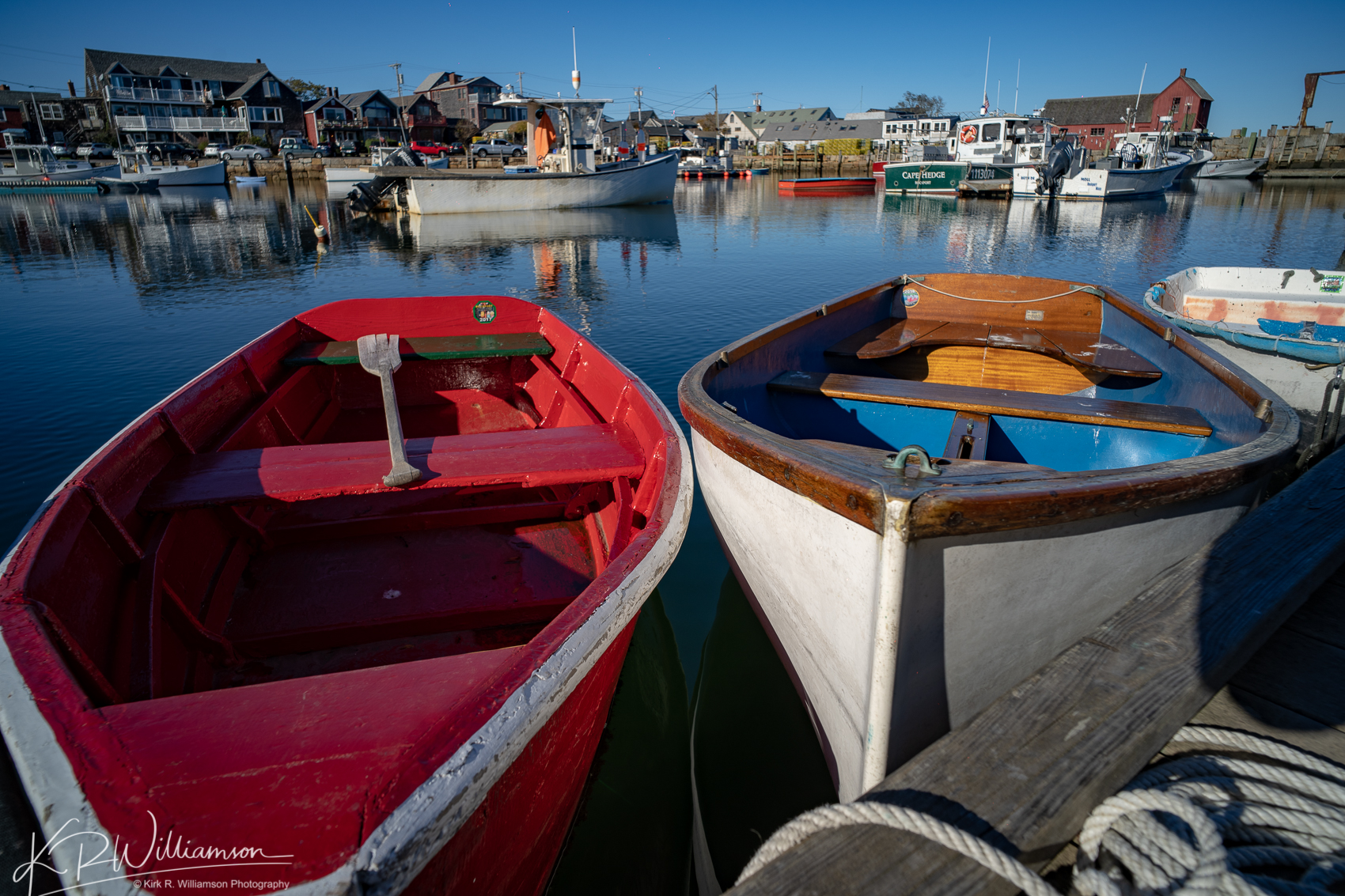
Your Process
Once you have a repeatable process of making photographs you will begin to have repeatable results. If you learn one thing from this post its that last quote! I tell my students to develop there own repeatable process to making photographs. Let me explain. Do the same thing every time in the same order. Once you have this process down everything else becomes much easier. Here is my process which for you folks might be different.
- Find your composition using slide mount or camera
- Set your tripod up and mount the camera
- Set your focus point
- If using filters mount them and figure exposure
- Check your composition and focus point
- Make your first image
- Check preview for exposure and focus
- More exposures with different shutter speeds using live view
When I free form shoot, just walking about, my process is different when not using a tripod. I will try to make things easy by shooting in aperture priority and setting the ISO myself keeping in mind what my lowest allowable shutter speed is.
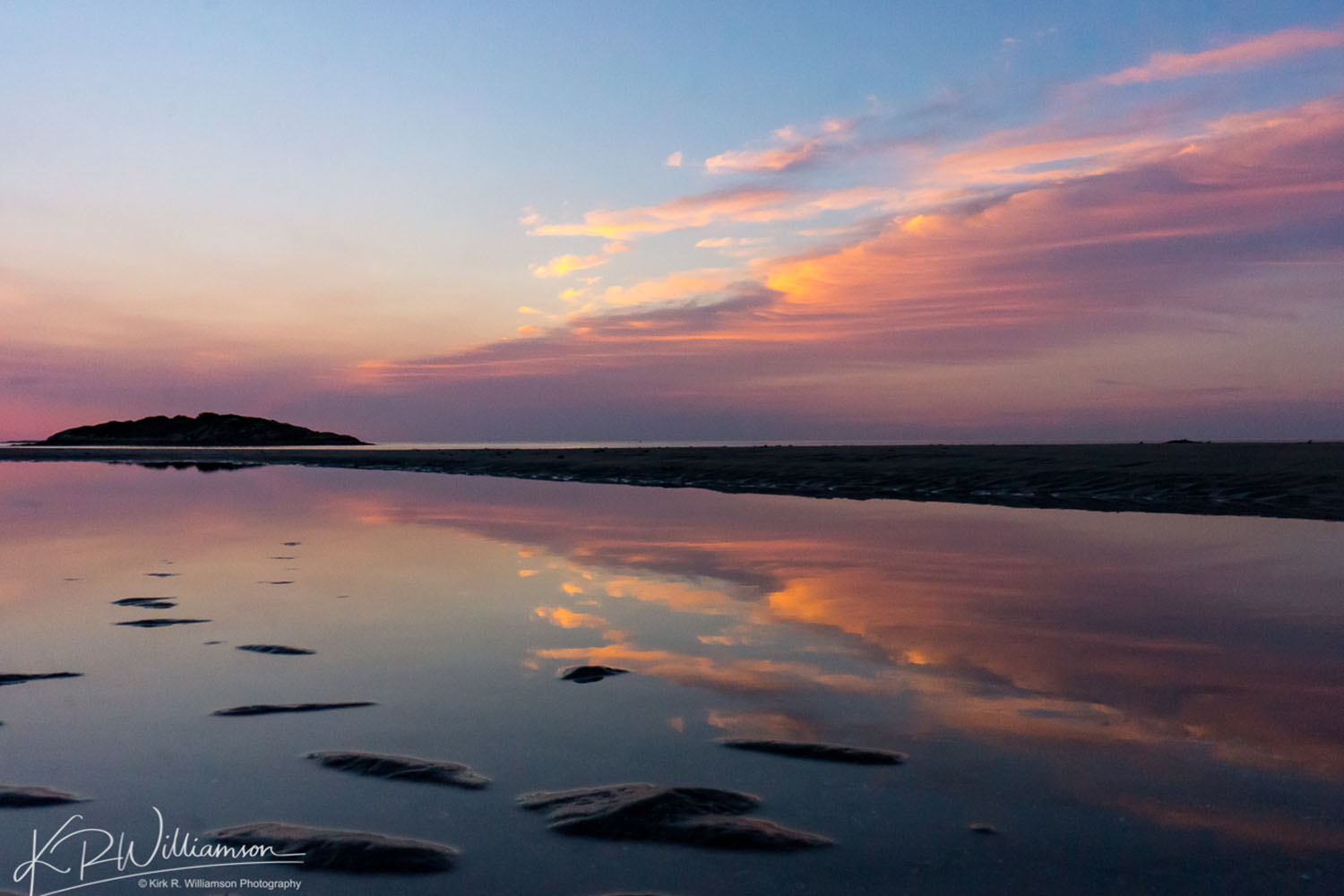
Only use two or three composition rules
This may seem obvious to some but to others trying to use to many composition rules messes them up. I am hyper aware of only two. The Rule of Thirds and Leading Lines. My third go to is uneven numbers in a composition usually one or three. Simple and effective. There are tons of others which as far as I’m concerned are all just some form of my first two. So don’t get wrapped up in trying to find weird compositions just pick two or three and things will become a lot easier.
Practice
Just like anything else the more you do something the better you will become at it. I give my students things to practice on that will help them improve. My favorite is to have them tape their zoom lens on a certain focal length. My favorite is to make them shoot at 50mm only. This is a tough focal length since most people shoot with a 28mm as their main lens. Most zoom lenses are 28 – 70 or longer. Once you practice at one focal length you will start to see differently. Another thing I preach is to always have a camera with you. If you do you will always be ready for an image that just begs to be taken. Plus you will be making more images and therefore practicing more. So practice makes perfect is a great motto for photographers. Now that being said don’t practice the same thing all the time. Shoot different things to challenge yourself. Different focal lengths, different lighting, different subjects.
If you keep these five things in mind you are bound to become a more consistently good photographer. The hardest one of these five things is your process. Once you get this one thing down making great images consistently will become easier.
